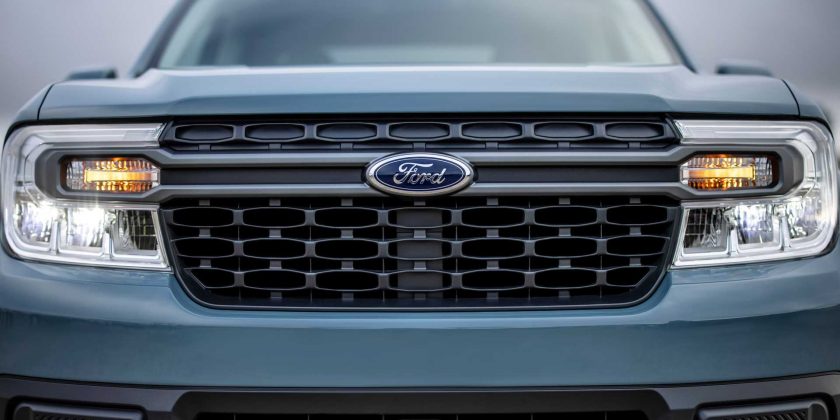Clever engineering at its finest.
Last year marked the 44th consecutive year the Ford F-Series was the best-selling vehicle in America. In such a competitive market, it’s clear that achievements like this don’t happen by accident. Thankfully, the same engineering know-how trickles down to other trucks, including the latest Ford Maverick, which uses the same force-vectoring springs that first appeared in the Fiesta ST hot hatch.
So what is a force-vectoring spring, you might ask? Built using cold-formed steel, these springs are wound in different directions for the opposing corners of the car. The aim is to allow the springs to absorb some of the lateral cornering forces when the outside wheels are loaded up. With the springs absorbing some of the lateral energy, it allows the car to be more compliant in the turns without compromising overall ride quality.
Gallery: 2022 Ford Maverick
However, unlike the Fiesta ST that used a Watt’s linkage to stiffen up the chassis, the Maverick uses a hefty trailing twist-beam that shrouds a torsion bar. This type of setup allows Ford to easily manage the body control for many of its models. While the system clears up room for a deeper truck bed, it can’t accommodate the optional all-wheel-drive configuration.
Keen readers will also know that the Maverick isn’t the first vehicle to receive the force-vectoring springs from the Blue Oval’s hot hatch. The Transit Connect has been using the same clever suspension design for quite some time.
Suspension geometry is always a tough compromise when it comes to pickup truck design. While a solid rear axle offers added towing capacity, an independent rear suspension gives you much better ride quality. The Maverick’s setup allows the best of both worlds, with a comfortable ride and a 2,000-pound (907-kilogram) towing capacity – available with the hybrid and EcoBoost models. The optional max-tow package for the EcoBoost model doubles the capacity up to 4,000 lbs (1,814 kg).
Source:
MotorTrend
Source: Read Full Article







